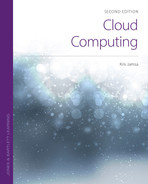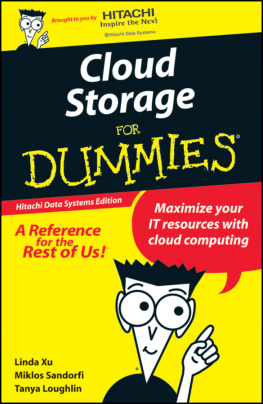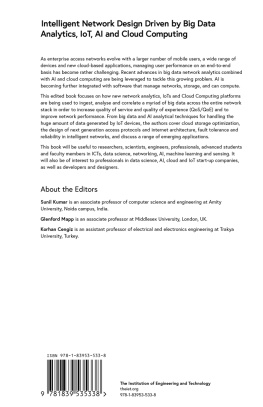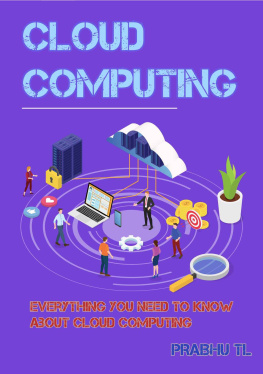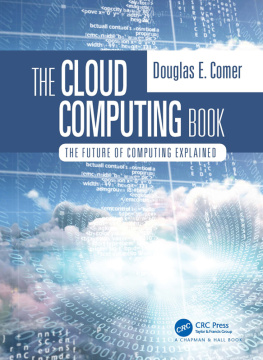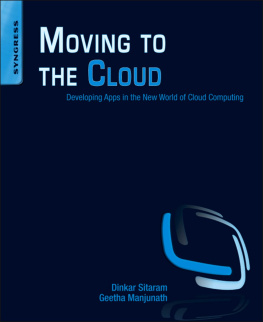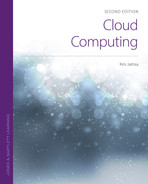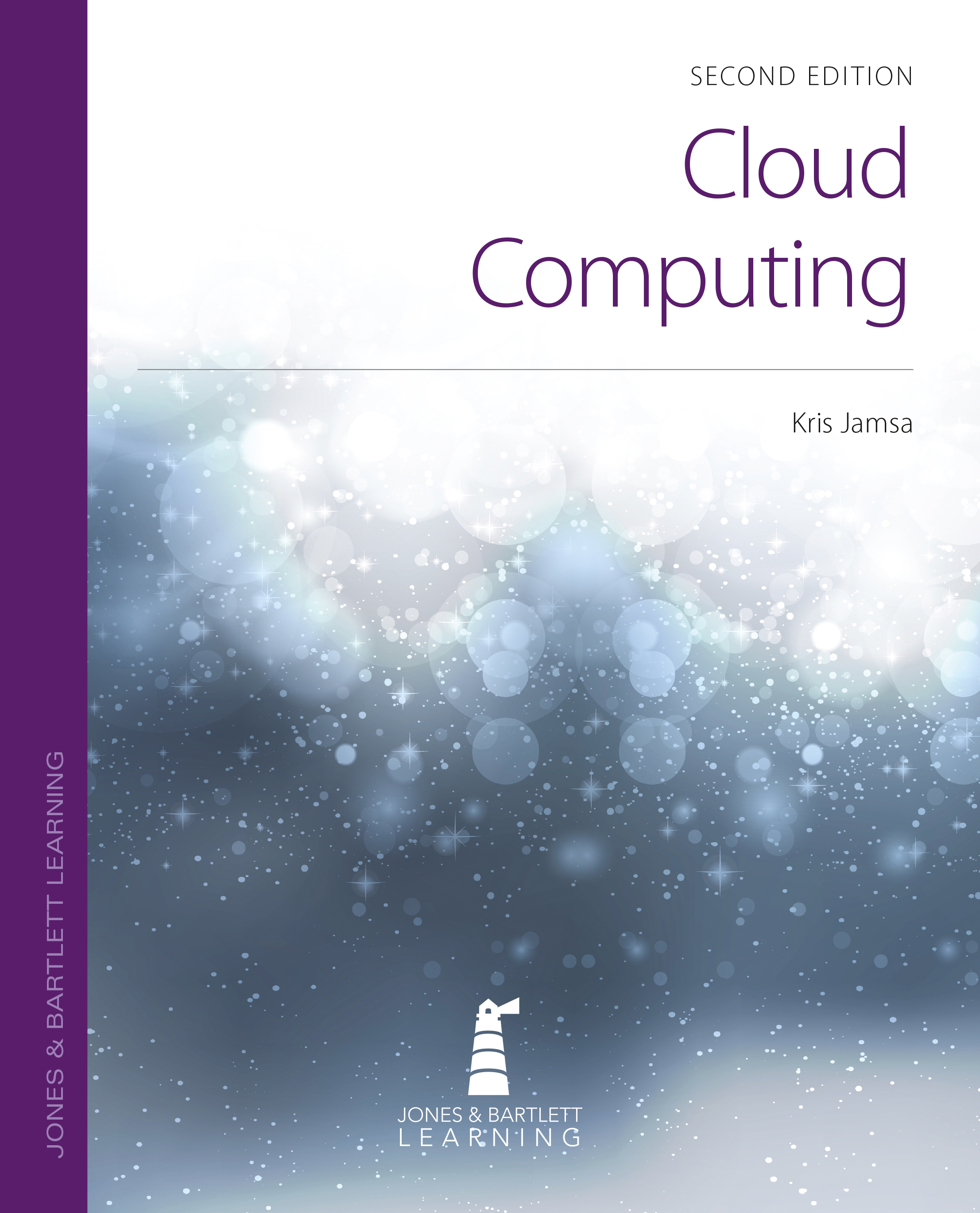
World Headquarters
Jones & Bartlett Learning
25 Mall Road
Burlington, MA 01803
978-443-5000
www.jblearning.com
Jones & Bartlett Learning books and products are available through most bookstores and online booksellers. To contact Jones & Bartlett Learning directly, call 800-832-0034, fax 978-443-8000, or visit our website, www.jblearning.com.
Substantial discounts on bulk quantities of Jones & Bartlett Learning publications are available to corporations, professional associations, and other qualified organizations. For details and specific discount information, contact the special sales department at Jones & Bartlett Learning via the above contact information or send an email to .
Copyright 2023 by Jones & Bartlett Learning, LLC, an Ascend Learning Company
All rights reserved. No part of the material protected by this copyright may be reproduced or utilized in any form, electronic or mechanical, including photocopying, recording, or by any information storage and retrieval system, without written permission from the copyright owner.
The content, statements, views, and opinions herein are the sole expression of the respective authors and not that of Jones & Bartlett Learning, LLC. Reference herein to any specific commercial product, process, or service by trade name, trademark, manufacturer, or otherwise does not constitute or imply its endorsement or recommendation by Jones & Bartlett Learning, LLC and such reference shall not be used for advertising or product endorsement purposes. All trademarks displayed are the trademarks of the parties noted herein. Cloud Computing, Second Edition is an independent publication and has not been authorized, sponsored, or otherwise approved by the owners of the trademarks or service marks referenced in this product.
There may be images in this book that feature models; these models do not necessarily endorse, represent, or participate in the activities represented in the images. Any screenshots in this product are for educational and instructive purposes only. Any individuals and scenarios featured in the case studies throughout this product may be real or fictitious but are used for instructional purposes only.
64608-5
Production Credits
Vice President, Product Management: Marisa R. Urbano
Vice President, Content Strategy and Implementation: Christine Emerton
Director, Content Strategy: Donna Gridley
Product Manager: Ned Hinman
Content Strategist: Melissa Duffy
Content Coordinator: Mark Restuccia
Director, Project Management and Content Services: Karen Scott
Manager, Project Management: Kristen Rogers
Project Manager: Angela Montoya
Senior Digital Project Specialist: Angela Dooley
Director, Marketing: Andrea DeFronzo
Content Services Manager: Colleen Lamy
Vice President, Manufacturing and Inventory Control: Therese Connell Product Fulfillment Manager: Wendy Kilborn
Composition: Straive
Project Management: Straive
Cover and Text Design: Briana Yates
Media Development Editor: Faith Brosnan
Rights & Permissions Manager: John Rusk
Rights Specialist: James Fortney
Cover Image (Title Page, Part Opener, Chapter Opener): JBOY/Shutterstock
Google is a trademark of Google LLC. Google and Google Docs are trademarks of Google LLC and this book is not endorsed by or affiliated with Google in any way.
Printing and Binding: McNaughton & Gunn
Library of Congress Cataloging-in-Publication Data
Names: Jamsa, Kris, 1960- author.
Title: Cloud computing / Kris Jamsa.
Description: Second edition. | Burlington, Massachusetts: Jones & Bartlett Learning, 2022. | Includes index.
Identifiers: LCCN 2021042666 | ISBN 9781284233971 (paperback)
Subjects: LCSH: Cloud computing.
Classification: LCC QA76.585 .J36 2023 | DDC 004.67/82dc23
LC record available at https://lccn.loc.gov/2021042666
6048
Printed in the United States of America
262524232210987654321

JBOY/Shutterstock
BRIEF CONTENTS

JBOY/Shutterstock
CONTENTS

JBOY/Shutterstock
PREFACE
For years, software developers and network administrators have used a picture of a cloud to represent the myriad communication details that take place as messages flow across the Internet from one computer network to another. The abstraction that is the cloud has exploded to now include processors, both physical and virtual, data storage, software-as-a-service solutions, and mobile applications. Cloud-based applications and new capabilities emerge daily, bringing with them lower cost of entry, pay-for-use processor and data-storage models, greater scalability, improved performance, ease of redundancy, and improved business continuity. With those many advantages come increased security challenges and IT-governance concerns. This book looks at each of these issues in detail. As you will learn, the dynamic nature of the cloud will certainly continue, and weve only just begun to scratch the surface of what can be done with the cloud.
Introducing Cloud Computing introduces the abstract nature of cloud computing and the factors that led to the evolution of the cloud. The chapter examines software as a service (SaaS), platform as a service (PaaS), and infrastructure as a service (IaaS) with real-world examples of each. The chapter examines the key advantages of cloud computing, which include scalability, redundancy, low cost of entry, and virtualization.
Software as a Service (SaaS) examines browser-based SaaS solutions and the advantages they provide. The chapter features real-world solutions such as SalesForce.com for customer relationship management, Taleo for human resource solutions, ADP for SaaS-based payroll processing, and many others.
Platform as a Service (PaaS) introduces cloud-based hardware and software platforms that allow companies, large and small, to quickly and cost effectively move their applications to the cloud. The chapter examines such PaaS providers as Amazon, Google, and Microsoft.
Infrastructure as a Service (IaaS) introduces the concept of a cloud-based data center that reduces or eliminates a companys need for a large in-house data center. Because of the IaaS providers economies of scale, it can significantly reduce a companys cost of IT operations.
Identification as a Service (IDaaS) examines the use of cloud-based identity-management solutions to simplify user provisioning and resource access. With more solutions distributed across the cloud, IDaaS provides a way to facilitate the users sign-on process across solution providers.
Data Storage in the Cloud examines the integration of cloud-based data storage and the evolution of network-based storage that led to its creation. The chapter examines several cloud-based data storage solutions that users can enable today at little or no cost. The chapter also examines several turnkey, low-cost, cloud-based backup solutions.

